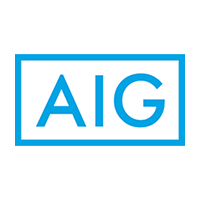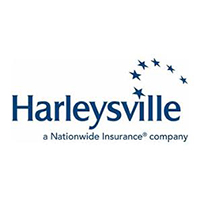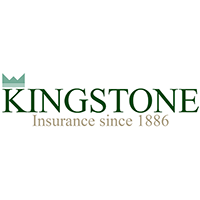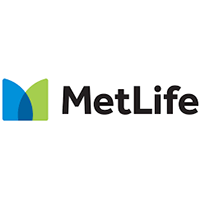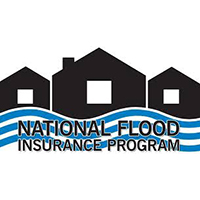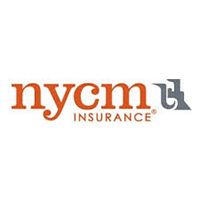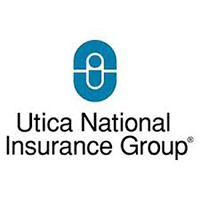Challenges in the Personal Insurance Marketplace
The personal insurance marketplace (homeowners and automobile alike) is becoming more and more challenging due to several factors; increased cost of construction materials, supply chain & labor challenges, legal system abuse, and restricted treaties with reinsurers are just a few. Combined with the major natural disasters the country has seen from coast to coast – forest fires & mudslides in California, Hurricane Ian in Florida, hailstorms/freeze ups in Texas, etc.- the whole industry is seeing higher premiums, limited carrier appetites, and more stringent underwriting from nearly every personal insurance carrier.
The homeowners’ insurance marketplace has proven difficult for even the largest home insurer in the country (2022), State Farm.
In late May 2023, State Farm announced they will no longer be offering new policies in the state of California. California saw more than 7,490 wildfires in 2022. Ina statement on Friday (June 2nd), State Farm commented, “[this market is the] hardest in a generation.”
Regardless of their 18.4% market share, pulling out of California market was a critical decision to protect the company’s bottom line. In a prepared statement, State Farm said they, “made this decision due to historic increases in construction costs outpacing inflation, rapidly growing catastrophe exposure, and a challenging reinsurance market.”
Insurance Market Shifts in Florida
On the east coast, Florida has seen several carriers significantly reduce coverage offerings or leave the state entirely. In 2021, 3 homeowners’ carriers suddenly departed the market, leaving more than 54,000 policy holders scrambling (Southern Fidelity, Gulfstream Property & Casualty, and Universal Insurance Co of North America). While catastrophic weather losses were a considerable factor, the driving reason for the exodus was the rampant lawsuits filed for roof damage claims by attorneys and dishonest roofing contractors, not the actual policy holders. Many of these suits are unsubstantiated. Nonetheless, carriers are obliged to respond, defend, litigate, and ultimately settle. In 2020,Florida insurers reported to have lost more than $1.7 billioncollectively. Earlier this year, more than 250,000 lawsuits were filed the day before Governor DeSantis signed House Bill 837 and Senate Bill 360 into law. Both bills are designed to help reduce the number of frivolous lawsuits in the state, driving the state’s inflated insurance rates.
NOAA’s Hurricane Predictions and Impact
According to CoreLogic’s 2023 Hurricane report, NOAA is calling for 12-17 named storms, 5-9 hurricanes, and 1-4 major hurricanes to affect the United States. While this prediction is less than 2022, this report still calls for an “above normal season.”
The Metro NY Area has 4.3 million single and multifamily homes at risk to hurricane force winds. This exposes insurers in the New York territory to more than $2.4 trillion in damages should another major storm slam Long Island and the surrounding areas. The coastal nature of downstate New York, Long Island, and southern Connecticut coupled with the concentration of high value homes poses a unique threat the actuaries are pricing into the market.
Global Influence on Local Insurance Rates
While one may personally never experience a loss in their individual neighborhood, insurance is a global industry. The basic principles, the law of large numbers and spread of risk affect every policyholder, even in the most innocuous locations. The reinsurance market is global. As such, national losses affect local rates.
According to CoreLogic’s 2023 Hurricane report, NOAA is calling for 12-17 named storms, 5-9 hurricanes, and 1-4 major hurricanes to affect the United States. While this prediction is less than 2022, this report still calls for an “above normal season.”
The Metro NY Area has 4.3 million single and multifamily homes at risk to hurricane force winds. This exposes insurers in the New York territory to more than $2.4 trillion in damages should another major storm slam Long Island and the surrounding areas. The coastal nature of downstate New York, Long Island, and southern Connecticut, coupled with the concentration of high-value homes poses a unique threat the actuaries are pricing into the market.
Pure Insurance Company released on May31st, their most affected states. While some states are seeing flat rate changes, others are experiencing double-digit rate increases. Wisconsin can expect to see a 12.9% rate increase, Michigan’s overall rate effect is 14.9%, Texas is seeing an overall rate effect of 19.9%.
SO WHAT ARE YOUR OPTIONS?
Despite these challenges, a qualified independent agent can help navigate you through the turbulent times we are seeing in the personal insurance marketplace. Exploring coverage options from regional carriers, with limited or no exposure to catastrophe and litigious territories, could be a potential solution. Increasing your policy deductibles is another way to stem premium increases. Also, consider securing coverage for your home and auto with the same carrier. The carriers’ multi-policy discounts could mitigate premium increases. Nonetheless, a candid conversation with your trusted broker about your assets, exposures, and risk tolerance is the best way to ensure you maintain the peace of mind you rely on should disaster strike.
631-673-7600 x



